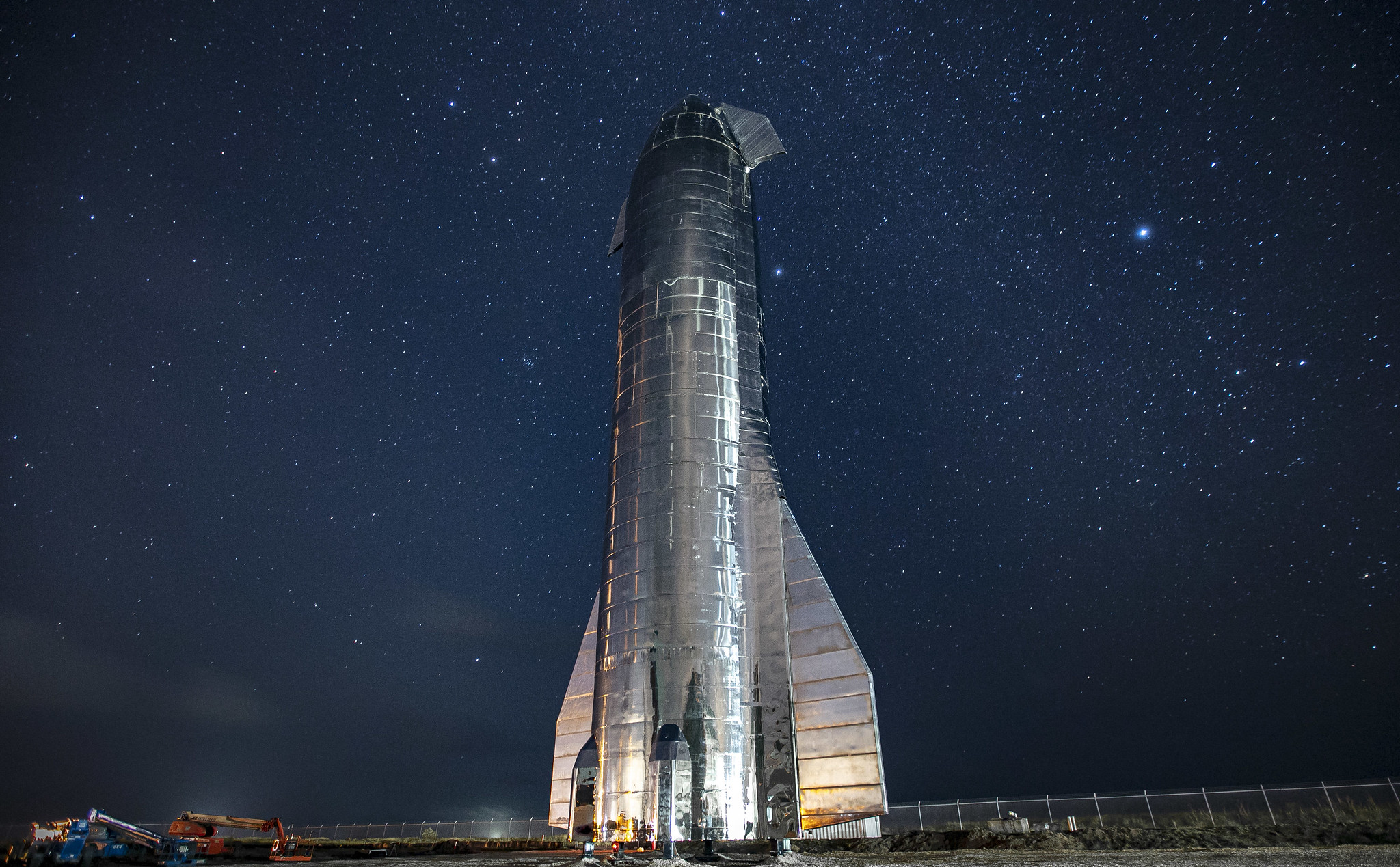Space, here’s how the US government slows down SpaceX’s plans

FAA has yet to give SpaceX permission to use its Starship launch vehicle as NASA raised concerns at US government telecommunications agency FCC on Starlink
This time SpaceX's housekeeping is slowing down its plans.
As Axios points out, Elon Musk's aerospace company must overcome the fears of NASA and not just about the Starlink satellites.
So far SpaceX has received clearance for approximately 12,000 satellites to offer broadband Internet. But the aerospace company has asked for the green light for a second-generation constellation of 30,000 satellites.
"NASA has concerns about the potential increase in the frequency of conjunction events and possible impacts on NASA's scientific and human missions." This was stated by the space agency in a presentation to the Federal Communications Commission (FCC), the United States government agency that deals with telecommunications.
SpaceX has begun building the second generation, or Gen2, satellites in anticipation of launch as early as March, Axios points out. But the company is facing headwinds from both the FCC and the Federal Aviation Administration (FAA).
As Axios explains, the FCC oversees SpaceX's use of radio waves to transmit its signals. The FAA must give the company permission to use its Starship Super Heavy rocket launch vehicle. This is the launch system consisting of a rocket and shuttle designed by SpaceX to bring astronauts to the Moon and Mars in the future.
Meanwhile, Musk has made Starlink's Internet services available to Ukraine following the request of Ukrainian Deputy Prime Minister Mykhailo Fedorov.
All the details.
THE FAA'S POSITION
Last November Starship's engines passed the first tests. According to SpaceX founder Elon Musk, the first flight could have occurred as early as November. But it didn't go like Mr. Musk's plans.
The flight must be authorized by the Federal Aviation Administration (FAA) which, however, has an open investigation into the environmental impacts of SpaceX's operations underway. The decision could take a long time and in the meantime the launches will all be suspended.
"Completing the environmental review will not guarantee that the FAA will issue a license for SpaceX to launch its Starship / Super Heavy vehicle," the FAA said in a statement to Axios . "SpaceX's license application must also meet FAA requirements for safety, risk and financial liability."
Meanwhile, the FAA received a deluge of more than 19,000 comments when it asked for feedback on its environmental assessment of SpaceX's Starship launch program in Boca Chica, Texas.
The agency had originally planned to complete its review in February, but has moved the target date to March 28.
NASA'S FEARS ABOUT STARLINK
Meanwhile, another SpaceX project is also likely to delay. That is the Gen2 of the Starlink satellite constellation for the Internet connection.
The US space agency says Elon Musk's expansion could flood Earth's orbit with objects, making flights and observations more difficult.
Last month, NASA noted that there were currently a total of 25,000 tracked objects in orbit and about 6,100 under 600km. SpaceX's Gen2 expansion "would involve more than double the number of tracked objects in orbit and increase the number of objects below 600 km by five times," NASA explained.
THE LOCATION OF SPACEX
The other side: In a February 22 blog post, SpaceX said its satellites are designed to automatically maneuver to avoid collisions, and its system has been rated as reliable by NASA.
“If there is a probability of collision greater than 1 / 100,000 (10 times lower than the industry standard of 1 / 10,000) for a conjunction, the satellites will plan avoidance maneuvers,” SpaceX said in the post.
The company told the FCC last week that it continues to work with NASA. "SpaceX is confident that its ongoing partnership with NASA will continue to produce further improvements that will make space operations even safer in the future."
AT WHAT POINT IS THE STARLINK CONSTELLATION
To date, SpaceX has more than 2,000 Starlink satellites in orbit, covering 25 countries and over 145,000 users worldwide. These satellites guarantee access to the internet globally regardless of terrestrial connections. To connect, people need a specific Starlink terminal, a sort of router that receives data sent by satellites, different from traditional signals from ground stations.
STARLINK AVAILABLE TO UKRAINE
Finally, the Starlink terminals reached Ukraine after the request to support internet communication during the attacks.
SpaceX has sent a truck full of the company's routers to distribute to institutions, organizations and civilians, so they can stay connected to the internet. This was confirmed by Mykhailo Fedorov, Deputy Prime Minister of the country who, on the night of February 28, posted on Twitter an image of the shipment sent directly by Musk.
“The fear is in fact that, as the war continues, the critical infrastructures that keep the internet in Ukraine could be hit, with a consequent blackout for the population. Fears that have increased following some partial outages that occurred last week. The only limitation of the system is given by the presence of atmospheric interference and by the actual number of repeaters present in orbit in correspondence with the population to be served. And this is the reason why Musk, in recent days, had reassured Fedorov stating that, in addition to the connection terminals, he would have addressed more satellites in correspondence with the country ", reports Ansa .
Starlink service is now active in Ukraine. More terminals en route.
– Elon Musk (@elonmusk) February 26, 2022
You are most welcome
– Elon Musk (@elonmusk) February 28, 2022
This is a machine translation from Italian language of a post published on Start Magazine at the URL https://www.startmag.it/innovazione/spazio-ecco-come-il-governo-usa-rallenta-i-piani-di-spacex/ on Wed, 02 Mar 2022 07:29:42 +0000.
